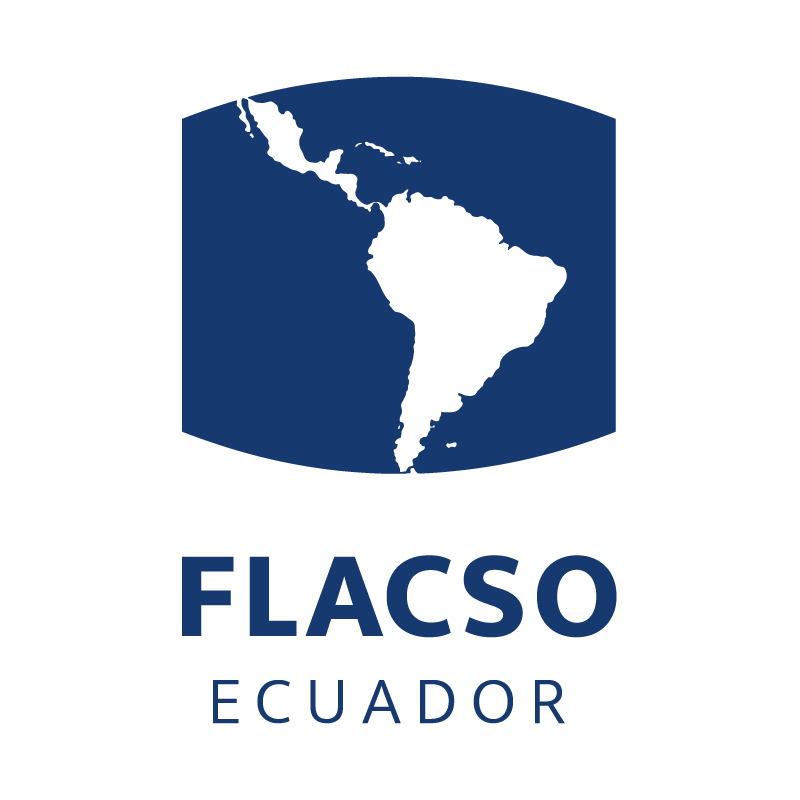 Resultados de investigaciones 2023
Resultados de investigaciones 2023
Dear food: Yuca’s relational role in sustaining precarious populations in Ecuador
Autoras: Cristina Cielo y Cristina Vera
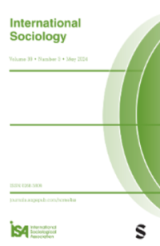 |
En este artículo, se argumenta que la relación de las comunidades con los alimentos ayuda a moldear su forma de experimentar las crisis. El término francés “la vie chère” (literalmente “vida cara” y “vida querida”) evoca simultáneamente relaciones afectivas, valoraciones colectivas y precios altos, señalando la importancia de todas estas dimensiones para comprender la experiencia del aumento del coste de la vida y las respuestas frente a éste. En este sentido, las formas en que las personas aprehenden y experimentan el cultivo y el consumo de alimentos influyen en sus posibilidades de sustento material. El estudio compara el papel de la yuca en una provincia costera y una provincia amazónica del Ecuador, con el fin de arrojar luz sobre las trayectorias de reproducción social en contextos de escasez. Las diferentes experiencias con respecto a la yuca en estos dos lugares se explican por las historias de colonización y explotación de la tierra y de las poblaciones, las cuales dan forma a las relaciones sociales y las relaciones entre el ser humano y la naturaleza, así como por los estudios de expertos que definen y refuerzan el papel relacional de la yuca en diversas ecologías. |
Impactos directos e indirectos de las perturbaciones del precio del petróleo en los ciclos económicos de Ecuador (2000:01-2020:01)
Autores: Fernando Martín Mayoral, Alexander Carvajal
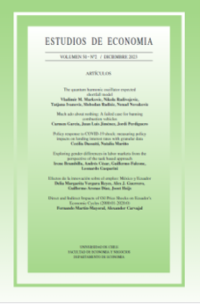 |
En este trabajo se analiza la relación no lineal entre las perturbaciones del precio del petróleo y el ciclo económico real en Ecuador, una economía dolarizada en la que las exportaciones de petróleo son la principal fuente de divisas del país. Para ello se estiman varios modelos autorregresivos de conmutación de Markov para el período 2000:01-2020:01 con el fin de identificar el impacto diferenciado de las perturbaciones nominales del precio del petróleo sobre el PIB real en los regímenes de expansión y desaceleración económica. Los principales resultados muestras que las perturbaciones de los precios del petróleo tienen un efecto asimétrico en el crecimiento económico del país, con un impacto mayor durante períodos de desaceleración. También se observa que afectan a todos los componentes de la demanda agregada de forma diferente en cada régimen, con un mayor impacto en la inversión durante fases de expansión del ciclo económico. |
The right to the city and contemporary housing policy in Ecuador
Autores/as: Vanessa Pinto Valencia, Marco Córdova Montúfar & Diana Bell Sancho
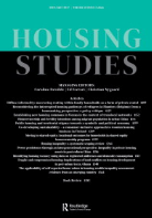 |
This article analyzes how the right to the city has been implemented in Ecuadorian housing policy after it was recognized in the 2008 Constitution, focusing on the link between this right and the right to housing. Based on the policy design framework, the study seeks to explore to what extent the set of policy instruments developed in the period 2009–2020 have been consistent with the right principles proposed in Constitution. Some limitations are identified, such as the prevalence of a housing policy model that disregards social production as an alternative and is disconnected from broader strategies of equitable urban development. The absence of indicators that account for the right to the city, and the lack of strategies that facilitate the articulation between the housing and land management competencies of the central and municipal governments are other fundamental constraints. |
The geographical component in firms’ perception of innovation barriers: the case of Ecuador
Autores/as: Juan Fernández-Sastre y Fernando Bruna
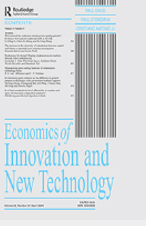 |
This is the first study to analyse the contribution of context to firms’ perception of innovation barriers in a single country. Using the Ecuadorian Innovation Survey and multilevel logit models, we study whether the geographical location of Ecuadorian firms makes them more likely to assess three financial, five knowledge and two market barriers as relevant factors hindering their innovation activities. Our results indicate that location in one of Ecuador’s 24 regions has only a subtle effect on perception of barriers. After controlling for internal and sectoral characteristics of firms in each region, we find that only 2–6% of the dispersion observed for whether a barrier is perceived as relevant is due to regional differences. For financial and knowledge barriers, half of that small geographical component disappears when the model includes regional population density. Based on the latter result, we argue that urban economics arguments can explain the spatial distribution of firms’ perception of innovation barriers in this small developing country. Our results provide a critical reflection to advance the current research agenda on contextual factors affecting innovation. |
Changes of Cinchona distribution over the past two centuries in the northern Andes
Autores/as: Carlos E. González-Orozco, Esther García Guillén and Nicolás Cuvi
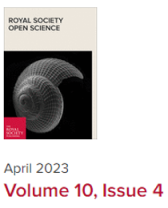 |
The Cinchona genus is important for humanity due to its ethnobotanical properties, and in particular its ability to prevent and treat malaria. However, there have been historical changes of Cinchona distribution in the tropical Andes that remain undocumented. In the late eighteenth and early nineteenth centuries, several explorers recorded Cinchona precise localities in present-day Colombia and Ecuador, countries which harbour about half of the species of the genus, including C. officinalis. We compare historical and twentieth-century records to evaluate whether elevational ranges, mean elevation and latitude varied between the two periods. A large expansion of 662.5 m in average elevation for Cinchona and 792.5 m in elevational range for C. officinalis was found. These findings have implications for the conservation of economically important species and help us understand the impacts of the Anthropocene over time. |
New Rightists or Simply Opportunists?
The New Right Parties in Power in Latin America and Europe between 2010 and 2019:
An Analysis of Their Ideological Dimensions
Autores/as: Alejandra López Aguilar y Juan Federico Pino Uribe
 |
There is a boom in the power of right-wing parties that are becoming government parties in Latin America and Europe. It has been pointed out that these are distinguished from traditional right-wing parties by their common ideology that transcends national contexts, which is why they have been grouped as New Right-wing parties. This article questions whether these parties share ideological themes or whether they are heterogeneous and obey national interests. This study systemizes the New Right-wing parties’ programs and classifies them to answer the question. This corpus is then studied through frequency, network, and principal component analysis. Two conclusions are reached from this. First, these parties agree on issues such as provider States and nationalist claims, and, second, their programs have diverse themes that do not show the formation of an identifiable transnational ideological agenda in their programs. Consequently, grouping these parties as an ideologically homogeneous phenomenon can make invisible the fact that they are parties that adjust to particular demands of their political environment, in a logic that obeys more catch-all parties than ideological and dogmatic parties. |
Territorial inequalities in financial inclusion: A comparative study between private banks and credit unions
Autores/as: Javier Álvarez Gamboa, Pablo Cabrera Barona y Hugo Jácome Estrella
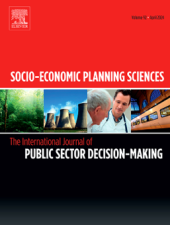 |
This research evaluates financial inclusion and territorial inequalities comparing private banks and alternative financial institutions of the social and solidarity-based economy of Ecuador (provinces-level), between 2015 and 2018. Applying Principal Component Analysis, a synthetic index of financial inclusion was constructed using indicators that capture the dimensions of access, use and extent of financial services. A non-hierarchical cluster analysis was also performed to classify Ecuadorian provinces on terms of high, low, and medium multidimensional poverty and rurality. The obtained results indicate the existence of territorial inequalities in the access and use of financial services. We conclude that the credit unions produce a greater level of financial inclusion in disadvantaged territories of Ecuador, in contrast to the private banks that show high levels of financial inclusion in the provinces with a higher socioeconomic status. |
